Code
HCS27249
Weight
523 gm / 1.15 lbs
Size
Height
25cm (10") Width
13cm (5") Material
Copper
Availability
Available

Safe Payment
We accept Paypal, Money Transfer, Bank Transfer
Confidence
Protection covers your purchase and personal data.
Worldwide Delivery
We ship Worldwide, except Russia.Shipping cost US$25.2 for upto 0.5 kgs

Hotline
Talk to help line for your question on 9841267335Finishing: Stone Setting
The Copper Pray Wheel With [seku], [gold Plated], With Stone Setting And Stand is adorned with an exquisite array of semi-precious stones, including turquoise, coral, and lapis lazuli. These stones are carefully selected and meticulously placed on the Copper Pray Wheel With [seku], [gold Plated], With Stone Setting And Stand's surface, adding a touch of opulence and enhancing its overall beauty. Each stone is thoughtfully positioned using a high-quality adhesive, ensuring secure and long-lasting attachment. The vibrant colors and unique patterns of the stones create a captivating contrast against the backdrop of the Copper Pray Wheel With [seku], [gold Plated], With Stone Setting And Stand, elevating its visual appeal and making it truly eye-catching. Read More . . .
The Copper Pray Wheel With [seku], [gold Plated], With Stone Setting And Stand is adorned with an exquisite array of semi-precious stones, including turquoise, coral, and lapis lazuli. These stones are carefully selected and meticulously placed on the Copper Pray Wheel With [seku], [gold Plated], With Stone Setting And Stand's surface, adding a touch of opulence and enhancing its overall beauty. Each stone is thoughtfully positioned using a high-quality adhesive, ensuring secure and long-lasting attachment. The vibrant colors and unique patterns of the stones create a captivating contrast against the backdrop of the Copper Pray Wheel With [seku], [gold Plated], With Stone Setting And Stand, elevating its visual appeal and making it truly eye-catching. Read More . . .
About Elector Gold Plating
The Copper Pray Wheel With [seku], [gold Plated], With Stone Setting And Stand has been crafted using the ceramic mold casting process, a modern approach that provides an alternative to traditional methods such as the lost-wax system or rubber molding. Also referred to as ceramic molding, this technique involves the creation of a ceramic mold to cast the statue. The process begins by making a precise and detailed wax model of the desired sculpture. The wax model is then coated with layers of ceramic material, creating a sturdy mold. Once the mold is complete, it is fired in a kiln, causing the wax to melt and escape, leaving behind a cavity that perfectly replicates the original sculpture. Molten metal is then poured into the mold, allowing it to fill the cavity and take on the desired form. Once cooled and solidified, the ceramic mold is carefully broken away, revealing the final metal statue. Read More . . .
The Copper Pray Wheel With [seku], [gold Plated], With Stone Setting And Stand has been crafted using the ceramic mold casting process, a modern approach that provides an alternative to traditional methods such as the lost-wax system or rubber molding. Also referred to as ceramic molding, this technique involves the creation of a ceramic mold to cast the statue. The process begins by making a precise and detailed wax model of the desired sculpture. The wax model is then coated with layers of ceramic material, creating a sturdy mold. Once the mold is complete, it is fired in a kiln, causing the wax to melt and escape, leaving behind a cavity that perfectly replicates the original sculpture. Molten metal is then poured into the mold, allowing it to fill the cavity and take on the desired form. Once cooled and solidified, the ceramic mold is carefully broken away, revealing the final metal statue. Read More . . .
Seku Design : What is Seku Desing
Seku is a traditional Newari craftsmanship technique that involves the use of thin metal wire, typically copper or silver, to create intricate patterns on various objects. The word "Seku" is derived from the Newari language, and is commonly used to refer to this type of craftsmanship. This technique is a prominent aspect of Newari art and has been passed down through generations of artisans. Read More . . .
Seku is a traditional Newari craftsmanship technique that involves the use of thin metal wire, typically copper or silver, to create intricate patterns on various objects. The word "Seku" is derived from the Newari language, and is commonly used to refer to this type of craftsmanship. This technique is a prominent aspect of Newari art and has been passed down through generations of artisans. Read More . . .
Partly Gold plating.
This Copper Pray Wheel With [seku], [gold Plated], With Stone Setting And Stand has a Partly gold-plated finish. Partly fire gold gilding, a common practice in Nepali handicrafts. This technique is skillfully employed by artisans to create intricate designs on various metal objects, including statues, jewelry, and decorative items. Through a process, a mask or resist is applied to safeguard specific areas from the gold plating. The object is then subjected to high temperatures, allowing the gold to beautifully adhere to exposed surfaces using a combination of heat and pressure.
In the realm of Buddhist statues, this technique holds additional significance as it distinguishes the golden-plated body from the oxidized or maroon-painted clothing. This visual separation conveys the contrast between the divine purity of the body and the modest attire symbolizing the humble lifestyle of Buddhist monks. The partly fire gold gilding not only adds exquisite detail and elegance but also embodies the deep cultural and spiritual meaning associated with these treasured artifacts. Read More . . .
This Copper Pray Wheel With [seku], [gold Plated], With Stone Setting And Stand has a Partly gold-plated finish. Partly fire gold gilding, a common practice in Nepali handicrafts. This technique is skillfully employed by artisans to create intricate designs on various metal objects, including statues, jewelry, and decorative items. Through a process, a mask or resist is applied to safeguard specific areas from the gold plating. The object is then subjected to high temperatures, allowing the gold to beautifully adhere to exposed surfaces using a combination of heat and pressure.
In the realm of Buddhist statues, this technique holds additional significance as it distinguishes the golden-plated body from the oxidized or maroon-painted clothing. This visual separation conveys the contrast between the divine purity of the body and the modest attire symbolizing the humble lifestyle of Buddhist monks. The partly fire gold gilding not only adds exquisite detail and elegance but also embodies the deep cultural and spiritual meaning associated with these treasured artifacts. Read More . . .
Brief Introduction :
A prayer wheel is a cylindrical wheel on a spindle made from metal, wood, stone, leather, or coarse cotton. Traditionally, the mantra Om Mani Padme Hum is written in the Newari language of Nepal, on the outside of the wheel. Also sometimes depicted are Dakinis, Protectors, and very often the 8 auspicious symbols Ashtamangala. At the core of the cylinder is a "Life Tree" often made of wood or metal with certain mantras written on or wrapped around it. Many thousands (or in the case of larger prayer wheels, millions) of mantras are then wrapped around this life tree. The Mantra Om Mani Padme Hum is most commonly used, but other mantras may be used as well. According to the Tibetan Buddhist tradition based on the lineage texts regarding prayer wheels, spinning such a wheel will have much the same meritorious effect as orally reciting the prayers.
Origin :The earliest recorded prayer wheels were written of by a Chinese pilgrim around 400 C.E. in Ladakh.prayer wheel is a physical manifestation of the phrase "turning the wheel of Dharma," which describes the way in which the Buddha taught. Prayer Wheels originated from The School of Shakyamuni sutra, which states that, those who set up the place for worship, use the knowledge to propagate the dharma to common people, should there be any man or woman who are illiterate and unable to read the sutra, they should then set up the prayer wheel to facilitate those illiterate to chant the sutra, and the effect is the same as reading the sutra
According to the Tibetan tradition, the prayer wheel lineage traces back to the famous Indian master, Arya Nagarjuna. Tibetan texts also say that the practice was taught by the Indian Buddhist masters Tilopa and Naropa as well as the Tibetan masters Marpa and Milarepa.
Practice :According to the Tibetan tradition, the prayer wheel lineage traces back to the famous Indian master, Arya Nagarjuna. Tibetan texts also say that the practice was taught by the Indian Buddhist masters Tilopa and Naropa as well as the Tibetan masters Marpa and Milarepa.
According to the lineage texts on prayer wheels, prayer wheels are used to accumulate wisdom and merit (good karma) and to purify negativities (bad karma). In Buddhism, Buddhas and Bodhisattvas have created a variety of skillful means (upaya) to help bring practitioners ever closer to realizing enlightenment. The idea of spinning mantras relates to numerous Tantric practices whereby the Tantric practitioner visualizes mantras revolving around the nadis and especially around the meridian chakras such as the heart and crown. Therefore, prayer wheels are a visual aid for developing one's capacity for these types of Tantric visualizations. The spiritual method for those practicing with a prayer wheel is very specific (with slight variations according to different Buddhist sects). The practitioner most often spins the wheel clockwise, as the direction in which the mantras are written is that of the movement of the sun across the sky. On rare occasions, advanced Tantric practitioners such as Senge Dongma, the Lion-Faced Dakini, spin prayer wheels counterclockwise to manifest a more wrathful protective energy. As the practitioner turns the wheel, it is best to focus the mind and repeat the Om Mani Padme Hum mantra. Not only does this increase the merit earned by the wheel's use, but it is a mind-stabilization technique that trains the mind while the body is in motion. Intoning the mani mantra with mindfulness and the "Bodhicitta" motivation dramatically enhances the effects of the prayer wheel. However, it is said that even turning it while distracted has benefits and merits, and it is stated in the lineage text that even insects that cross a prayer wheel's shadow will get some benefit. Each revolution is as meritorious as reading the inscription aloud as many times as it is written on the scroll, and this means that the more Om Mani Padme Hum mantras that are inside a prayer wheel, the more powerful it is. It is best to turn the wheel with a gentle rhythm and not too fast or frantically. While turning smoothly, one keeps in mind the motivation and spirit of compassion and bodhichitta (the noble mind that aspires to full enlightenment for the benefit of all beings). The benefits attributed to the practice of turning the wheel are vast. Not only does it help wisdom, compassion and bodhichitta arise in the practitioner, it also enhances siddhis (spiritual powers such as clairvoyance, precognition, reading others thoughts, etc.). The practitioner can repeat the mantra as many times as possible during the turning of the wheel, stabilizing a calm, meditative mind. At the end of a practice session, there is a Tibetan Buddhist tradition of dedicating any accumulated merits that one may have gathered during practice to the benefit of all sentient beings. Then Om Ah Hum 3 times. This is customary with Tibetans upon completing any Buddhist practice, including the practice of the prayer wheel.
Thubten Zopa Rinpoche has commented that installing a prayer wheel has the capacity to completely transform a place, which becomes "...peaceful, pleasant, and conducive to the mind." Simply touching a prayer wheel is said to bring great purification to negative karmas and obscurations.
Thubten Zopa Rinpoche has commented that installing a prayer wheel has the capacity to completely transform a place, which becomes "...peaceful, pleasant, and conducive to the mind." Simply touching a prayer wheel is said to bring great purification to negative karmas and obscurations.


![Copper Pray Wheel With [seku], [gold Plated], With Stone Setting And Stand](https://handicraftseller.com/uploads/pics/product/thumb/2022/11/27249_8.jpg)
![Copper Pray Wheel With [seku], [gold Plated], With Stone Setting And Stand](https://handicraftseller.com/uploads/pics/product/thumb/2022/11/27249_9.jpg)
![Copper Pray Wheel With [seku], [gold Plated], With Stone Setting And Stand](https://handicraftseller.com/uploads/pics/product/thumb/2022/11/27249_10.jpg)
![Copper Pray Wheel With [seku], [gold Plated], With Stone Setting And Stand](https://handicraftseller.com/uploads/pics/product/thumb/2022/11/27249_11.jpg)
![Copper Pray Wheel With [seku], [gold Plated], With Stone Setting And Stand](https://handicraftseller.com/uploads/pics/product/thumb/2022/11/27249_12.jpg)
![Copper Pray Wheel With [seku], [gold Plated], With Stone Setting And Stand](https://handicraftseller.com/uploads/pics/product/thumb/2022/11/27249.jpg)
![Copper Pray Wheel With [seku], [gold Plated], With Stone Setting And Stand](https://handicraftseller.com/uploads/pics/product/thumb/2022/11/27249_0.jpg)
![Copper Pray Wheel With [seku], [gold Plated], With Stone Setting And Stand](https://handicraftseller.com/uploads/pics/product/thumb/2022/11/27249_1.jpg)
![Copper Pray Wheel With [seku], [gold Plated], With Stone Setting And Stand](https://handicraftseller.com/uploads/pics/product/thumb/2022/11/27249_2.jpg)
![Copper Pray Wheel With [seku], [gold Plated], With Stone Setting And Stand](https://handicraftseller.com/uploads/pics/product/thumb/2022/11/27249_3.jpg)
![Copper Pray Wheel With [seku], [gold Plated], With Stone Setting And Stand](https://handicraftseller.com/uploads/pics/product/thumb/2022/11/27249_4.jpg)
![Copper Pray Wheel With [seku], [gold Plated], With Stone Setting And Stand](https://handicraftseller.com/uploads/pics/product/thumb/2022/11/27249_5.jpg)
![Copper Pray Wheel With [seku], [gold Plated], With Stone Setting And Stand](https://handicraftseller.com/uploads/pics/product/thumb/2022/11/27249_6.jpg)
![Copper Pray Wheel With [seku], [gold Plated], With Stone Setting And Stand](https://handicraftseller.com/uploads/pics/product/thumb/2022/11/27249_7.jpg)

 with Mantra Prayer Wheel,
with Mantra Prayer Wheel, 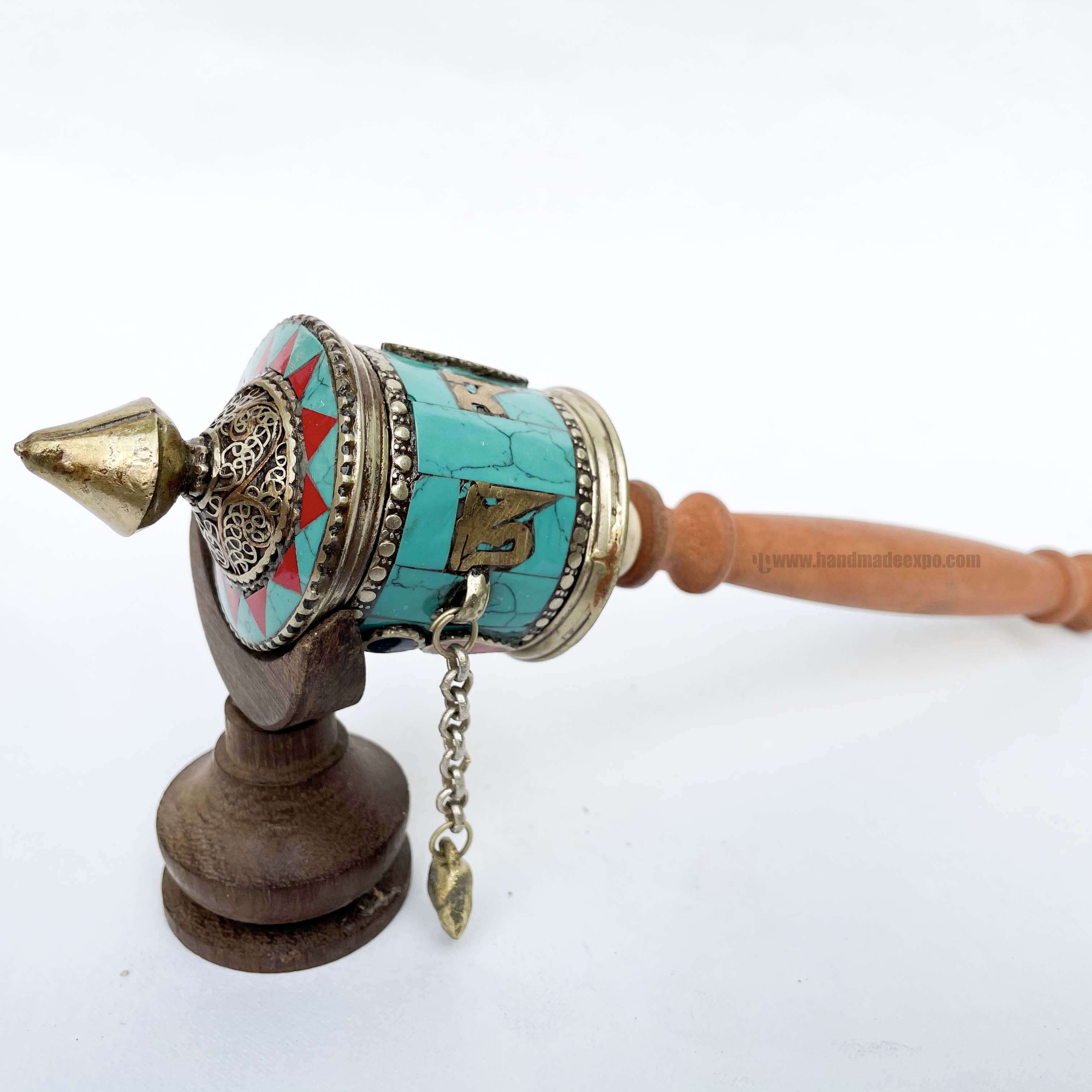 with Mantra Prayer Wheel,
with Mantra Prayer Wheel,  with Mantra Prayer Wheel,
with Mantra Prayer Wheel, 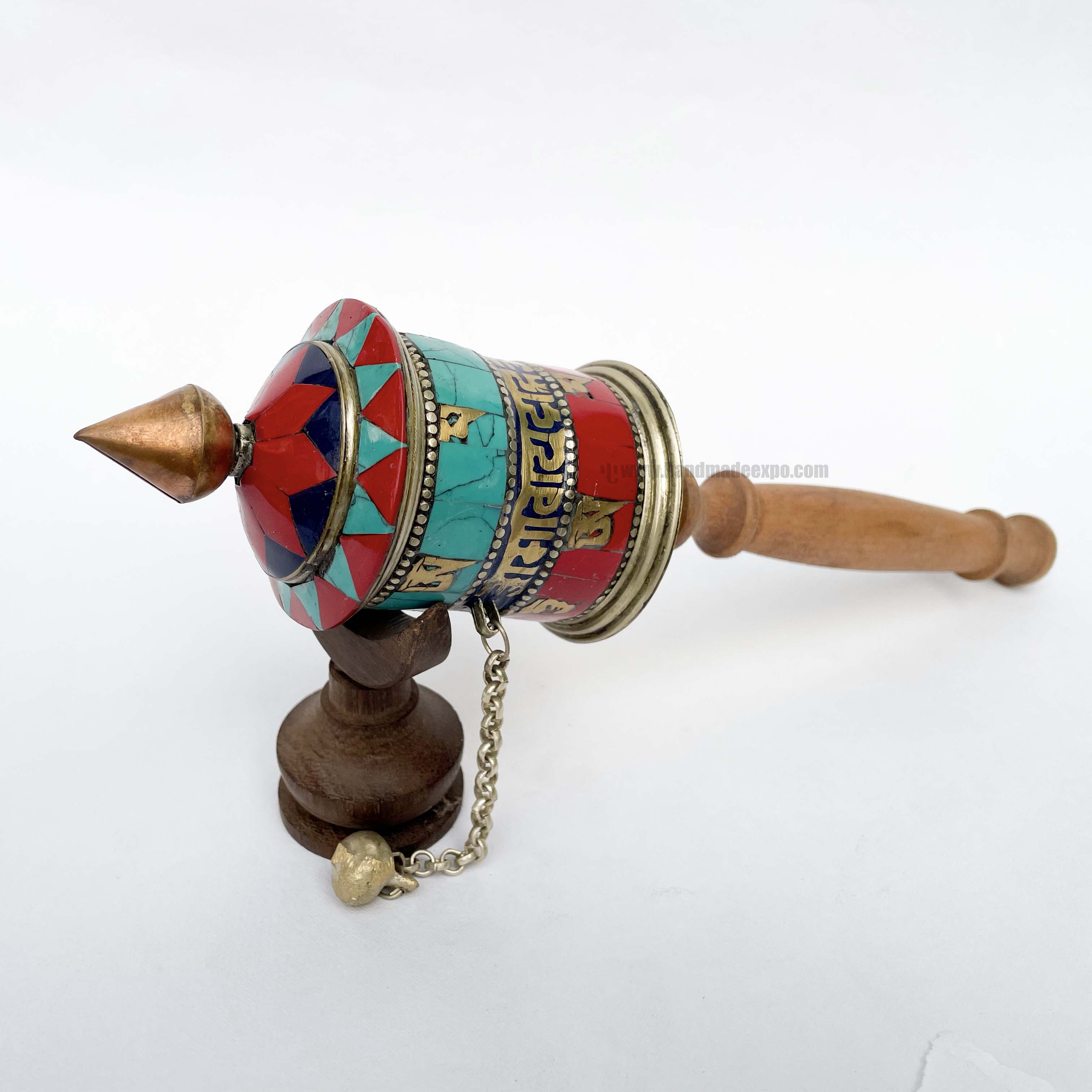 with Mantra Prayer Wheel,
with Mantra Prayer Wheel, 
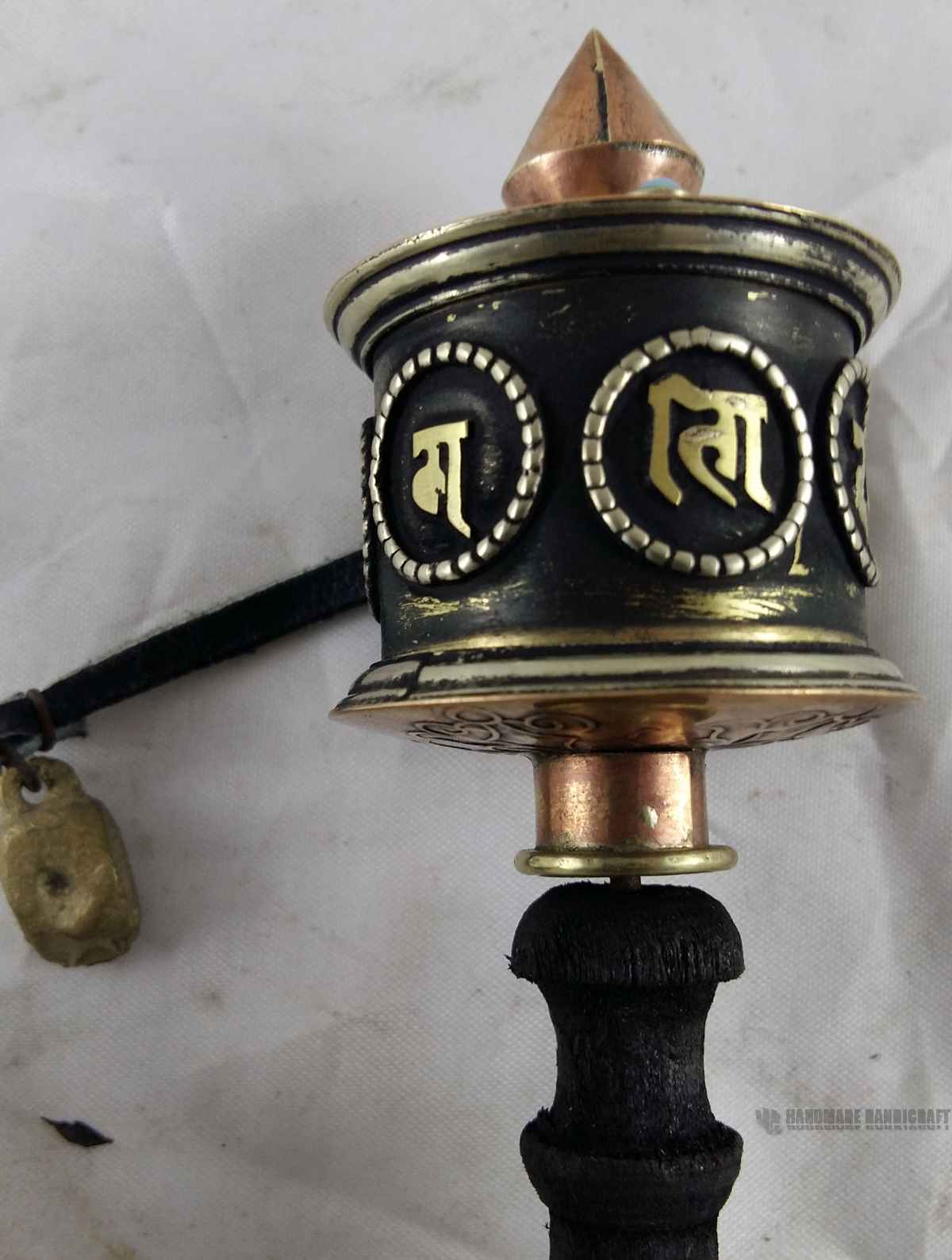
 with Mantra Prayer Wheel,
with Mantra Prayer Wheel,  with Mantra Prayer Wheel,
with Mantra Prayer Wheel, 
 with Mantra Prayer Wheel,
with Mantra Prayer Wheel, 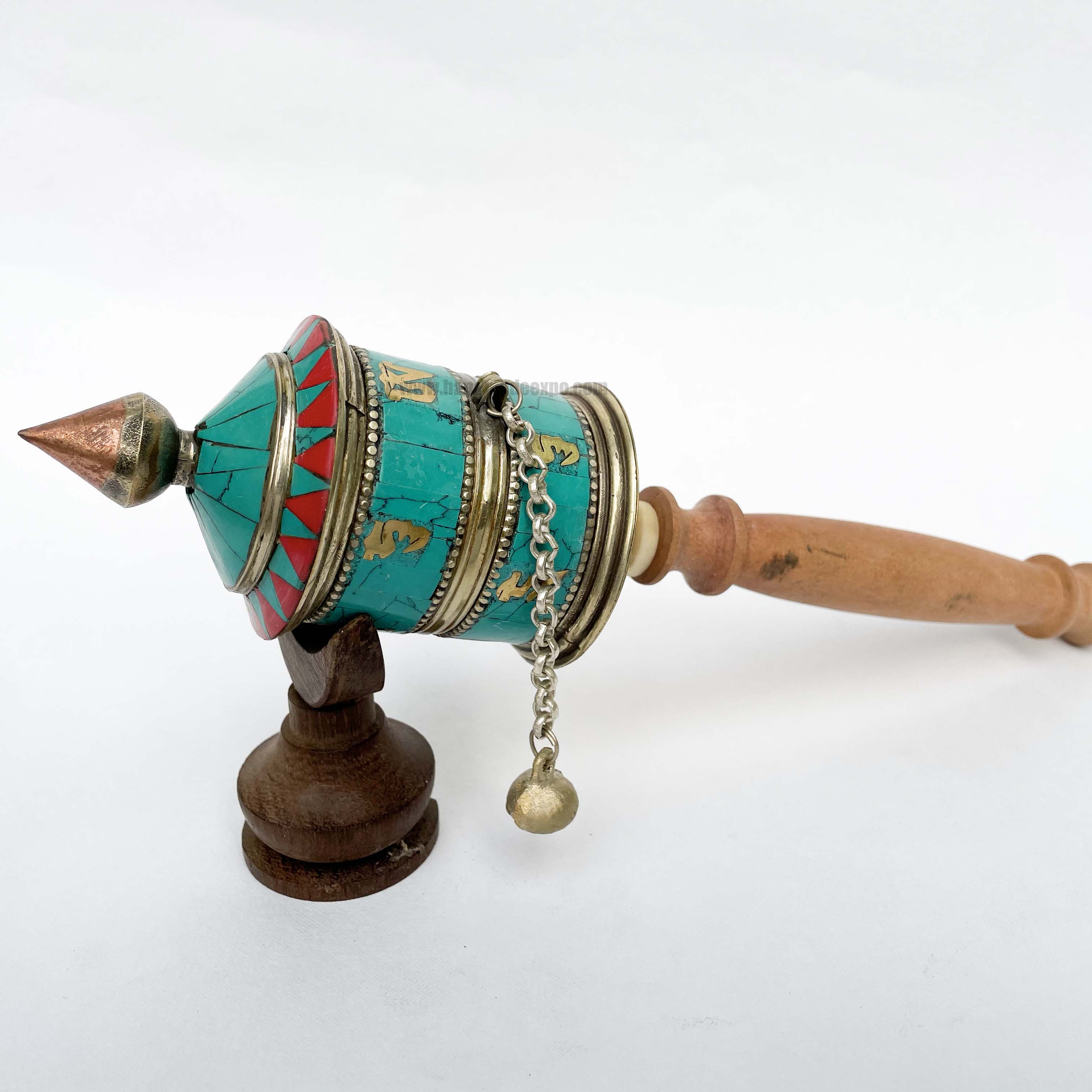 with Mantra Prayer Wheel,
with Mantra Prayer Wheel,  with Mantra Prayer Wheel,
with Mantra Prayer Wheel, 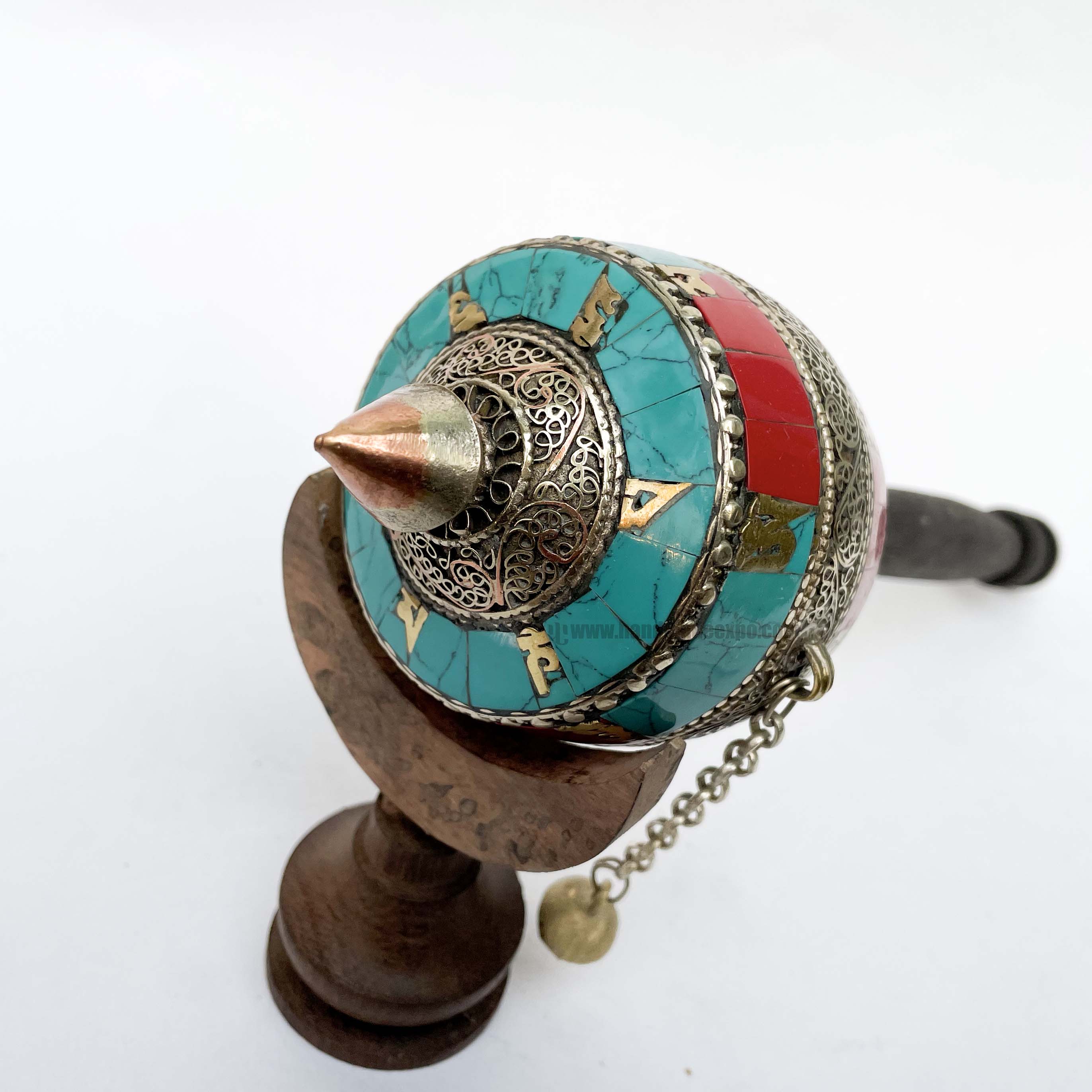 with Mantra Prayer Wheel,
with Mantra Prayer Wheel,  with Mantra Prayer Wheel,
with Mantra Prayer Wheel, 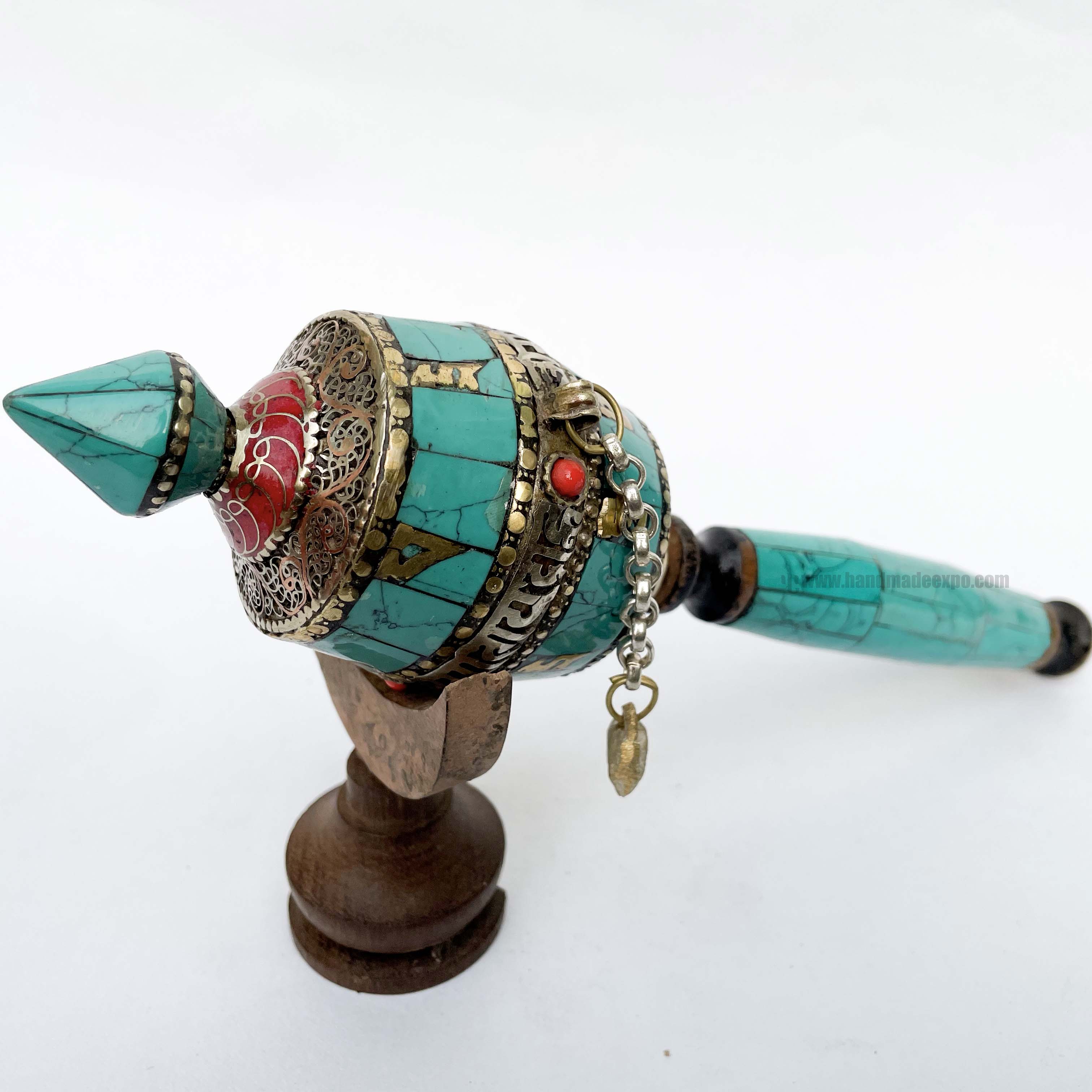 with Mantra Prayer Wheel,
with Mantra Prayer Wheel, 
 with Mantra Prayer Wheel,
with Mantra Prayer Wheel,  with Mantra Prayer Wheel,
with Mantra Prayer Wheel,